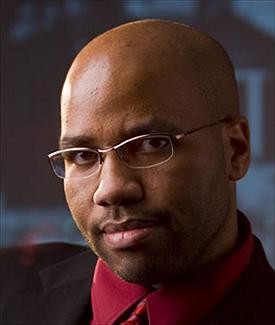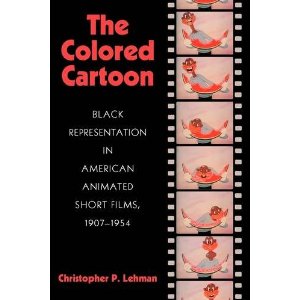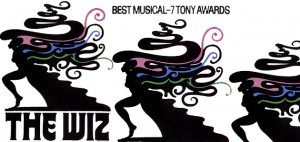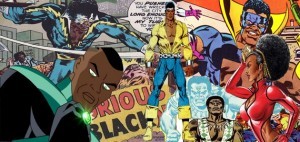The Museum Of UnCut Funk has an impressive collection of oxymoronic art. Why oxymoronic? Animation is an art form with caricature as its foundation. However, nearly all of the cartoons represented in this collection, which feature African American and African caricatures, attempt to negotiate the entertainment value of the characters’ designs with accuracy in depicting African American performance.
Cartoonists considered African American music and dance a perfect fit for animation. However, the artists chose to approximate the movements of actual entertainers instead of animating their own ideas of how African Americans performed. By the 1970s African Americans had started coaching the studios on how to animate them.
Before then, cartoons like Clean Pastures from Warner Brothers were common from Hollywood’s animation studios. Artists depicted African Americans with bulging eyes and lips that took up either the bottom third or the bottom half of a caricature’s face. Instead of hiring the African American entertainers they caricatured like the Mills Brothers or Cab Calloway, studios hired actors and singers to mimic the vocal styles of the famous performers. To their credit, the animation facilities provided work to African American voice-artists for these imitations. They rarely hired European Americans for the singing and the dialogue of African American figures.
Animation studios caricatured African American entertainers who had established popularity with European American audiences. They did not experiment with obscure artists or performers who only had a following among African Americans themselves.The figures in Clean Pastures were caricatures of mainstream jazz artists. Four decades later, animators drew from various forms of entertainment for their animated television series and took the most mainstream African Americans from each one. The Harlem Globetrotters came from the world of basketball. The Jackson Five brought the top-selling pop music act into animation. Fat Albert and the Cosby Kids presented a visualization of characters from Bill Cosby’s stand-up comedy routines. In the case of the latter two, African Americans (Motown Recording Corporation and Bill Cosby) co- owned the series with the cartoon studios and oversaw the depictions of the characters. In addition, Nichelle Nichols of the live-action Star Trek lent her voice to the animated version. Muhammad Ali voiced his own caricature. Robin Harris followed Cosby’s example by bringing his own stand-up characters to life in Bebe’s Kids.
Animators also strove for accuracy in their feature films. To be sure, the 1970s cartoons Coonskin and Hey Good Looking return to some of the visual stylization of the 1930s. On the other hand, African American actors perform the voices, and they star as live-action versions of the characters they voice in live-action segments within the movies themselves. Meanwhile, the character Valerie from Josie and the Pussycats was William Hanna and Joseph Barbera’s first African American female figure since the mammy of the Tom and Jerry cartoons they had directed two decades earlier. Valerie’s svelte figure, Afro, and standard speech contrasted sharply with the mammy’s full figure, bandanna, and “Negro dialect.”
The Museum Of UnCut Funk is preserving art that signifies the respect that European Americans had for African American performance, if not necessarily for African Americans themselves. Some animators may have enjoyed the African
American entertainment they caricatured. Others may have simply wanted to capitalize on the popularity of the entertainers and have a hit cartoon. Regardless, their efforts demonstrate the cultural importance of African American creativity to the nation.i
Copyright 2011 by Christopher P. Lehman. Not for citation or reproduction without permission of the author.
______________________________
i For further information about African American animated caricature, read The Colored Cartoon by Christopher P. Lehman, University of Massachusetts Press, 2007.
Christopher P. Lehman Bio
Christopher P. Lehman is a professor of ethnic studies at St. Cloud State University in St. Cloud, Minnesota and has held the position of Visiting Fellow at the Summer Institute of the W.E.B. DuBois Institute for African and African American Research at Harvard University. He holds a B.A. with Honors in History from Oklahoma State University, and M.A. in History from the University of Massachusetts at Amherst, and a doctorate in Afro-American Studies from the University of Massachusetts at Amherst. His book The Colored Cartoon: Black Representation in American Animated Short Films won a Choice Outstanding Academic Title award.
He has discussed his works on Minnesota Public Radio, Chicago Public Radio, WGN RADIO, WGN AMERICA, CNN, and GOOD MORNING AMERICA. He has also contributed to VH1’s ROCK DOCS series. He lives in Minnesota with his wife and children.







